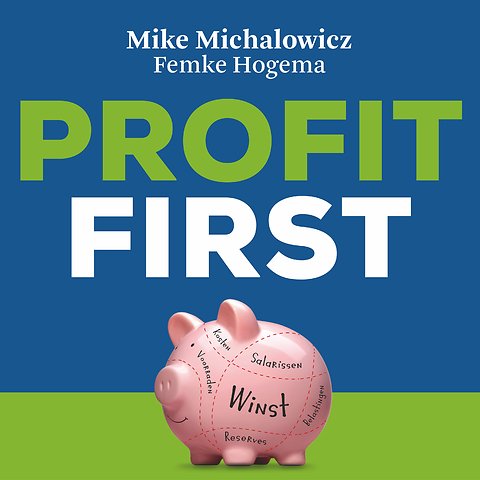

You can use the quick method if you meet all of the following conditions: For more information, see What are your quick method remittance rates? Since you cannot claim ITCs on most of your purchases when you use this method, the part of the tax that you keep accounts for the approximate value of the ITCs you would otherwise have claimed. This means that you remit only a part of the tax that you collect, or that is collectible. The remittance rates of the quick method are less than the applicable rates of GST/HST that you charge. To calculate the amount of GST/HST to remit, multiply the revenue from your supplies (including the GST/HST) for the reporting period by the quick method remittance rate, or rates, that apply to your situation. For the list of applicable GST/HST rates go to GST/HST calculator (and rates). When using the quick method, you still charge the GST at the rate of 5% or the HST at the applicable rate on your taxable supplies of property and services. This method reduces paperwork and makes it easier to calculate GST/HST remittances and file GST/HST returns because it eliminates the need to report the actual GST/HST paid or payable on most purchases. The quick method is another accounting option available to help small businesses calculate their net tax for GST/HST purposes. This means there is no GST/HST charged on these supplies, but GST/HST registrants may be eligible to claim input tax credits (ITCs) for the GST/HST paid or payable on property and services acquired, imported, or brought into a participating province for consumption, use or supply in the course of their commercial activities. Zero-rated supplies are supplies of property and services that are taxable at a rate of 0%. Supply means the provision of property or a service in any way, including sale, transfer, barter, exchange, licence, rental, lease, gift, or disposition. Premises, facilities, or installations may be considered to be a place of business whether they are owned or rented, or, in some cases, where they are simply available to the business. Place of business means any premises, facility, or installation used to carry on business, whether or not it is used exclusively for that purpose. a fixed place of business of someone else (other than a broker or an agent) who is acting in Canada for the person and through whom the person supplies property or services in the ordinary course of business.the person’s fixed place of business through which the person supplies property or services, including a place of management, a branch, an office, a factory, or a workshop or a mine, an oil or gas well, a quarry, timberland, or any other place where natural resources are extracted.Permanent establishment of a person generally means: Participating provinces include New Brunswick, Newfoundland and Labrador, Nova Scotia, Ontario, and Prince Edward Island, but do not include the Nova Scotia offshore area or the Newfoundland offshore area except to the extent that offshore activities, as defined in subsection 123(1) of the Excise Tax Act, are carried on in that area. Participating province means a province that has harmonized its provincial sales tax with the GST to implement the harmonized sales tax (HST). Some examples are goodwill, or franchises, concessions, or licenses for an unlimited period. two persons, if they are associated with the same third personĬapital asset generally means property that is, or would be, capital property under the Income Tax Act, and includes property that, before January 1, 2017, was, or would have been, eligible capital property for income tax purposes.Įligible capital property generally means property that does not physically exist but that gives you a lasting economic benefit.Associated persons (referred to generally as ''associates'') may include: Formal disputes (objections and appeals)Īssociated person, for GST/HST purposes, generally refers to a situation where one person controls another.Authorizing the withdrawal of a pre-determined amount from your Canadian chequing account.GST/HST electronic filing and remitting.Filling out your GST/HST return using the quick method.Self-assessment of the provincial part of the HST.Credit of 1% on the first $30,000 of revenue from your eligible supplies.

Do you make supplies in both participating and non-participating provinces?.Remittance rates for businesses that provide services.Remittance rates for businesses that purchase goods for resale.What are your quick method remittance rates?.Supplies not eligible for the quick method calculation.When and how can you revoke the election?.How long does the election stay in effect?.How do you elect to use the quick method?.


 0 kommentar(er)
0 kommentar(er)
